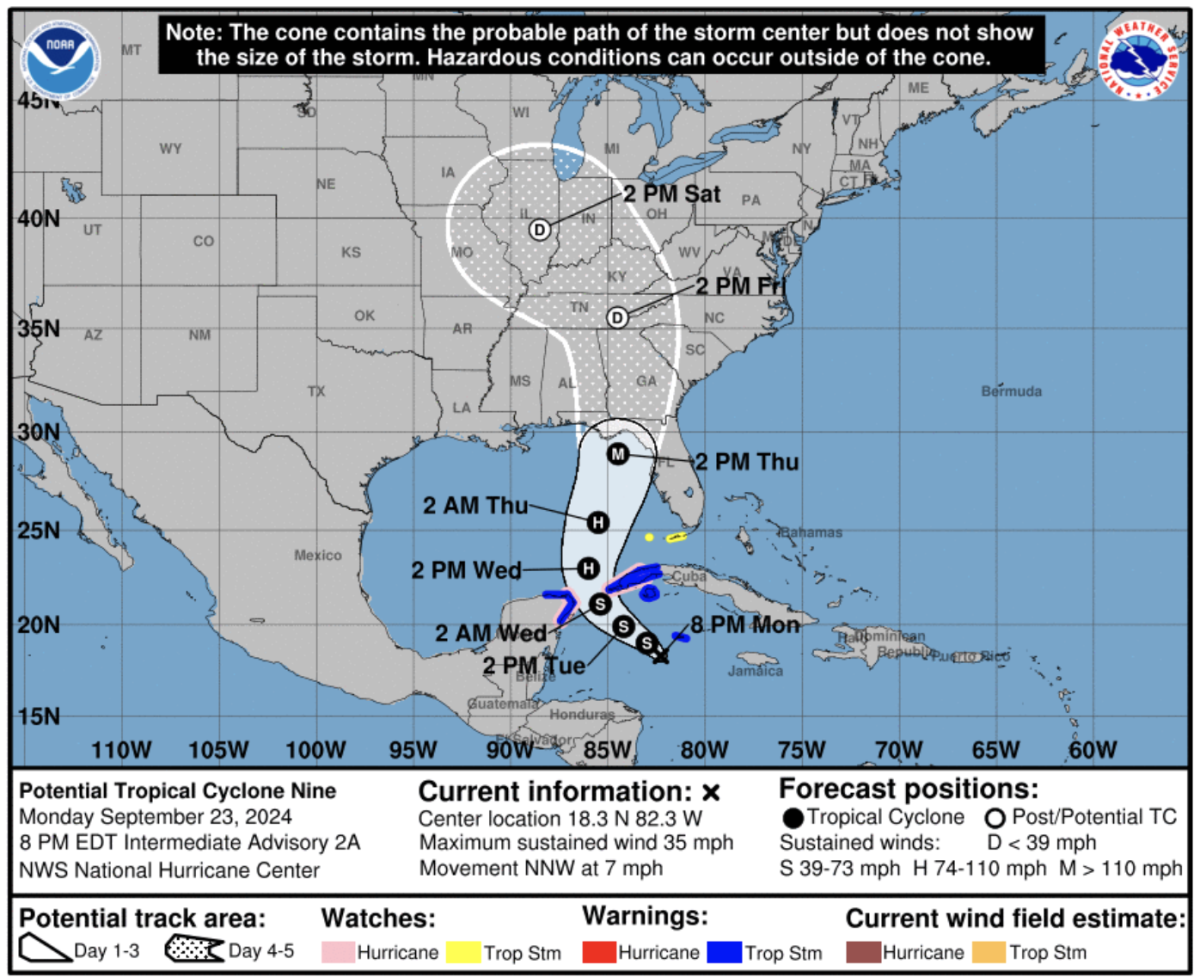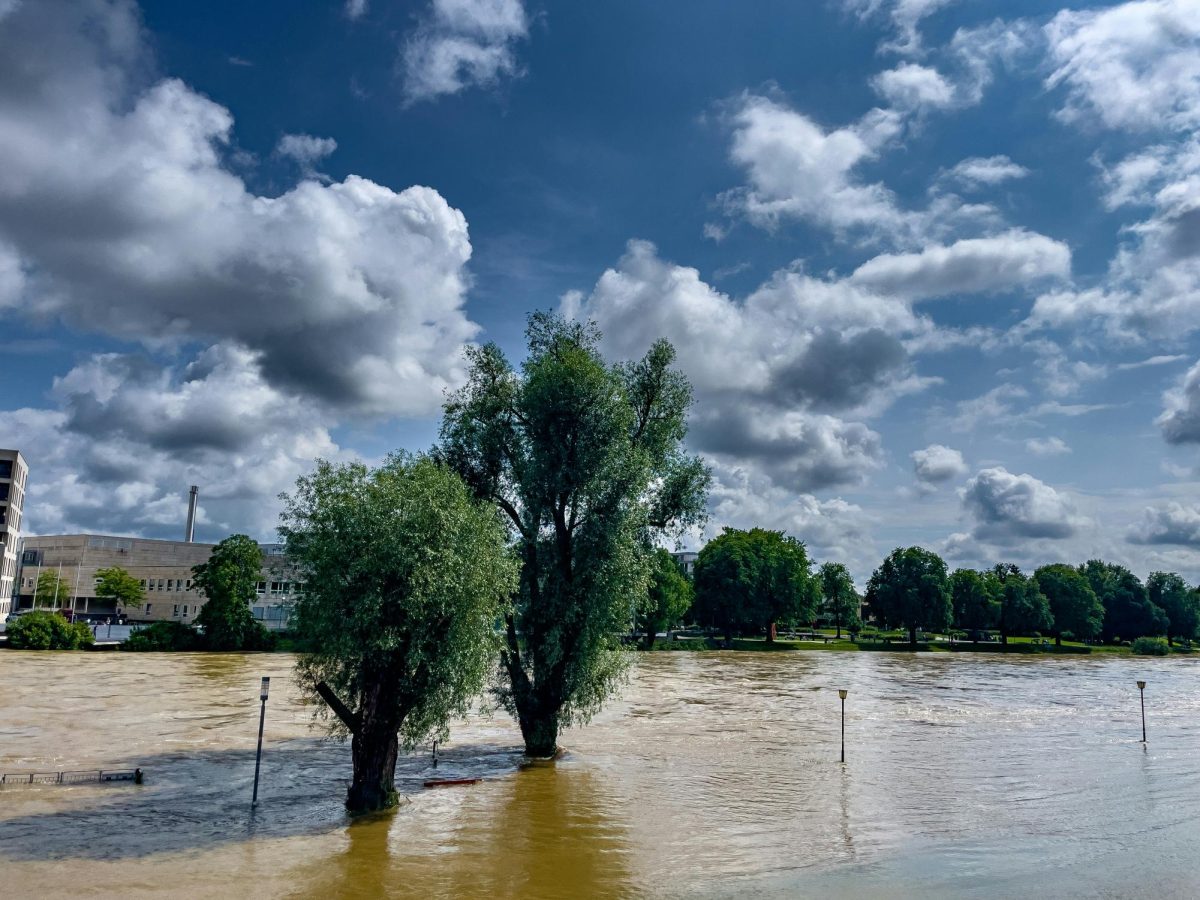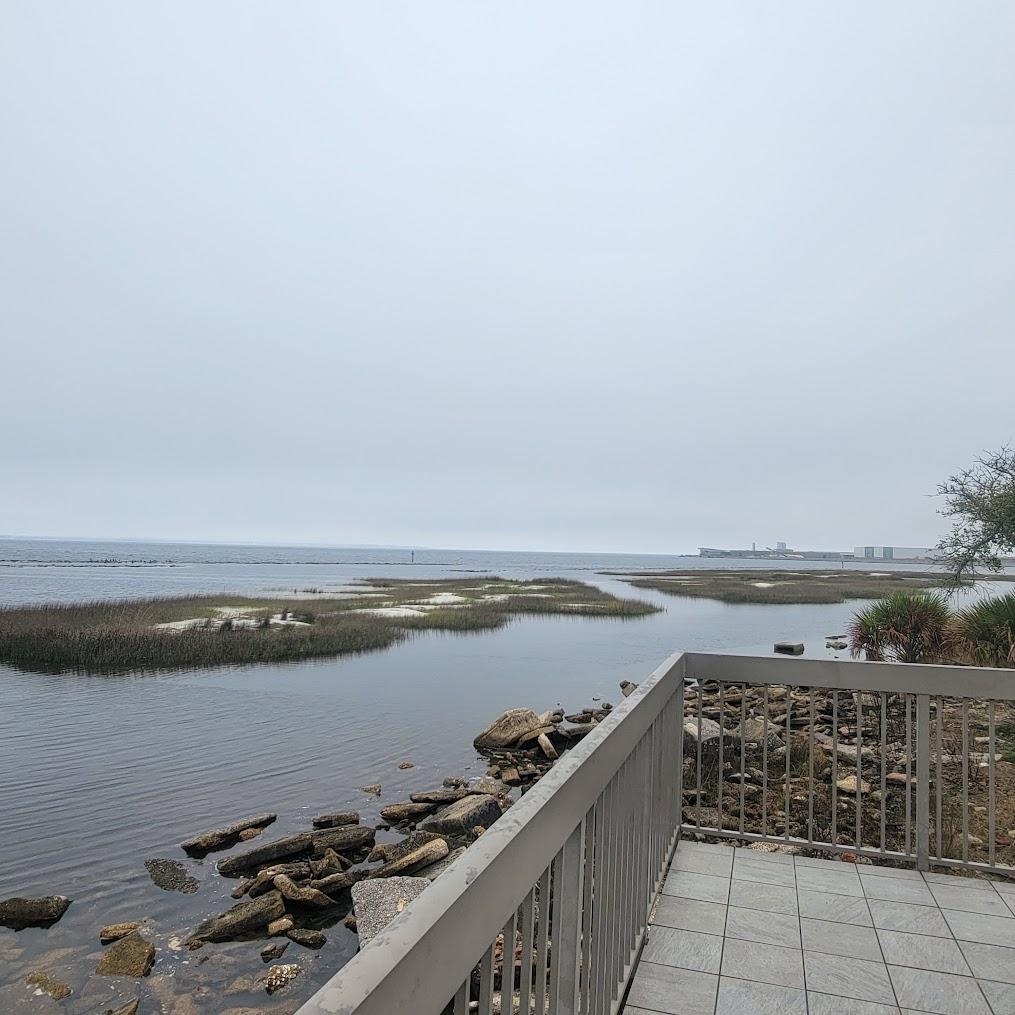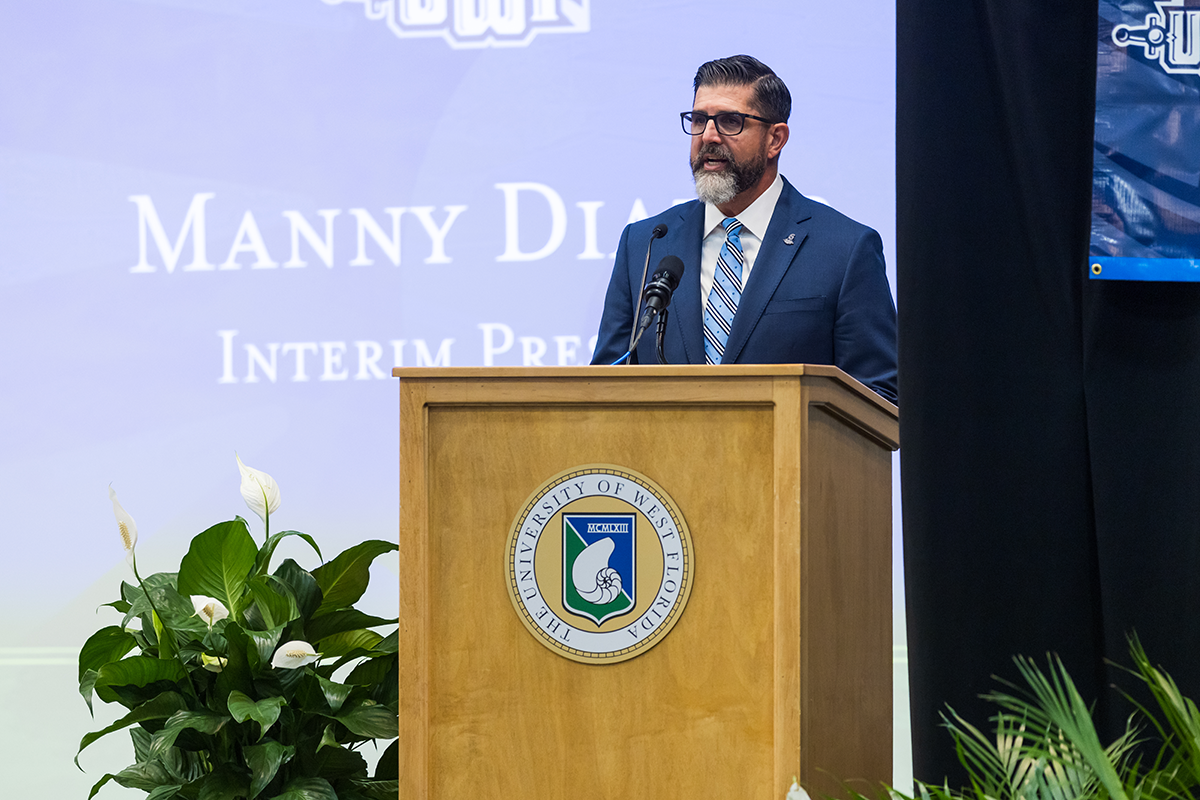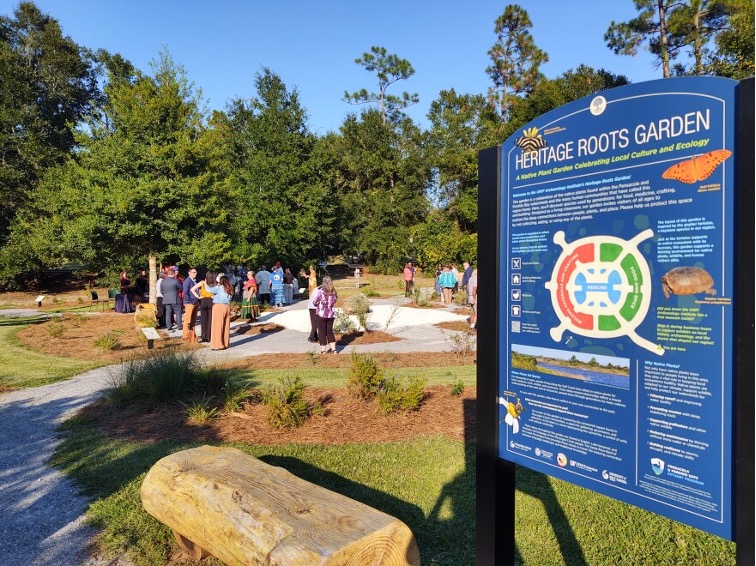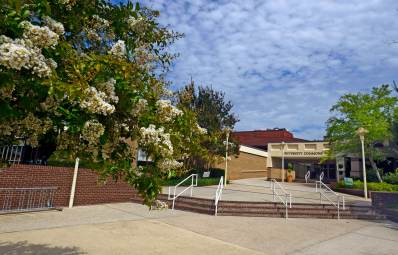Wednesday, Jan. 15, the weather in the Pensacola area became a hot topic of conversation. Rumors of snow spread across the city, with UWF students eagerly awaiting what would happen next.
It started small. A 35% chance of snow for Tuesday, Jan. 21, signaled a possibility of real snow—not just flurries. However, the chances quickly increased: first to 65%, then 75%, and finally, meteorologists agreed: it was going to snow, even if just a little.
Snow is a rarity in Florida. While Pace, Fla., received roughly 1.2 inches of snow in 2018, the most recent major winter weather event in the Pensacola area was an ice storm on Jan. 28-29, 2014. That storm hit Escambia and Santa Rosa counties, shutting down roads, canceling school, and closing bridges. The storm claimed the lives of two Pensacola residents, and freezing rain accumulated in the Panhandle as temperatures dipped below 20°F.
Reports from Escambia and Santa Rosa counties confirmed that by Wednesday morning, after the snowstorm had ended, nine inches of snow had fallen, with some areas of Santa Rosa County—such as Milton and Pace—receiving up to 10 inches. Temperatures below freezing and wind chills in the single digits prevented the snow from fully melting, creating sections of wintry slush that quickly refroze into black ice on major roadways. All roads in Santa Rosa County were deemed impassable by county officials. The Florida Department of Transportation announced Wednesday night that I-10 would be closed from the Florida-Alabama line to Tallahassee, citing both the previous day’s inclement weather and the hard freeze that would worsen conditions that evening.
In other words, Hell froze over.
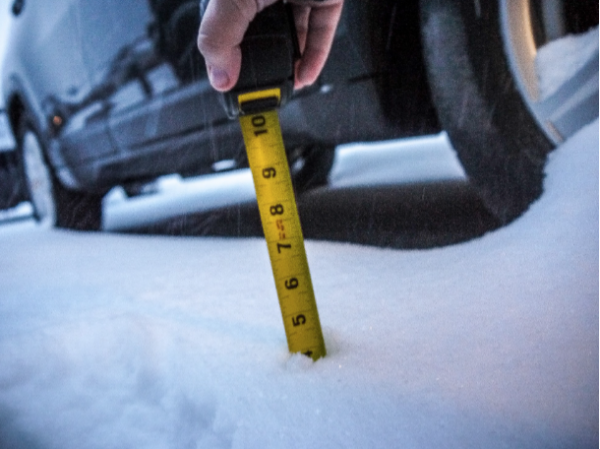
While Santa Rosa and Escambia schools initially closed only for Tuesday and Wednesday, the closure was extended through Friday, creating what could only be called a Florida snow week. Both local businesses and chain stores, such as Target, Walmart, and Publix, either closed entirely or operated on limited hours, wary of workers having to drive in unsafe conditions.
On Wednesday morning, Pensacola Mayor D.C. Reeves oversaw the work of 44 crews as they de-iced 17 major roads across the city. The process was slow and only somewhat effective. In fact, a video from a Pensacola resident showing the city’s method of “salting” the roads quickly went viral. The video, which featured two workers tossing handfuls of salt onto the asphalt, highlighted the county’s lack of preparedness.
Unlike northern states that have specialized equipment for evenly spreading salt, Pensacola simply had workers in the back of a truck doing their best.
The fault, of course, does not lie with the workers but with the area’s overall lack of preparedness. Being an area not equipped for snow means that when there is a chance of it, local leadership must act quickly or work with what they have. While snowplows were brought in to clear major roadways after the snowfall, other…
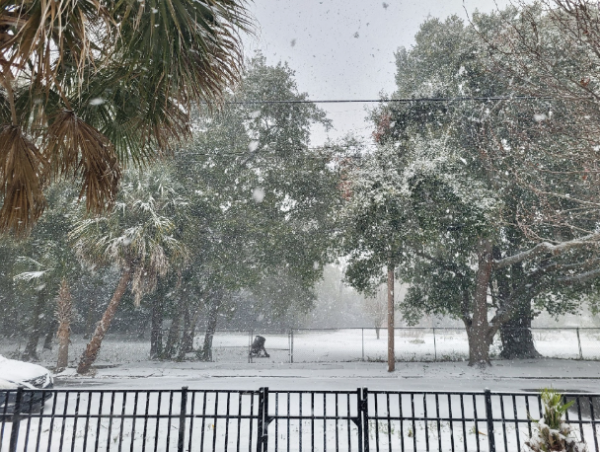
Roadways were simply covered with piles of sand to temporarily increase friction, since the sand (unlike the rock salt typically used) does not help melt the ice.
The goal was to clear and dry the roads before temperatures dropped again Wednesday night, keeping them safe for emergency responders. Emergency Medical Services and fire departments in both counties experienced a surge in calls.
In a 24-hour period (from 9 a.m. Tuesday to 9 a.m. Wednesday), Escambia County EMS and Escambia County Fire Rescue responded to 246 and 57 calls for service, respectively. Santa Rosa County 911 dispatchers had to manage an influx of calls, handling 699 emergency calls and 511 administrative calls in the same timeframe.
Tom Lloyd, Santa Rosa County Emergency Management Director, spoke Wednesday afternoon about the challenge of emergency responses.
“We tried to get out when we could,” Lloyd said. “But there was a short period when we had to pause our responses to certain calls due to weather conditions because we couldn’t get out there. We followed up with everyone this morning.”
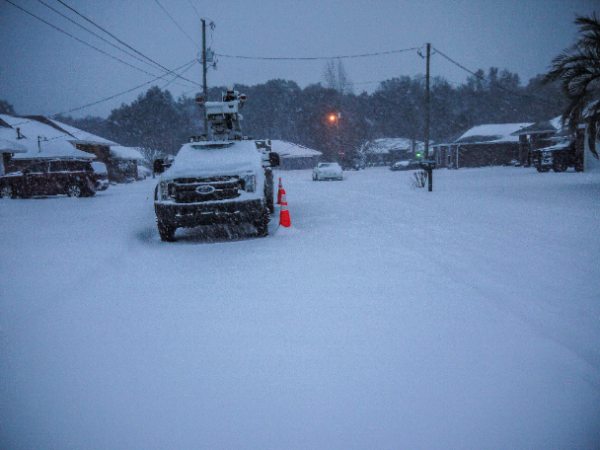
There is currently no information on whether any automobile accidents occurred during the 24-hour period mentioned above, or if any were caused by icy road conditions.
The snow and ice lingered until Friday morning, when even the most stubborn slush and slick ice had been either shoveled away or melted by rock salt and the Florida sun. I-10 reopened on Friday after being closed for several days. Any shortages at local grocery stores, which had been caused by the rush following the storm, were quickly resolved. After breaking several records and providing photos that would speak volumes in the future, Florida returned to normal after its brief stint in the snow.



